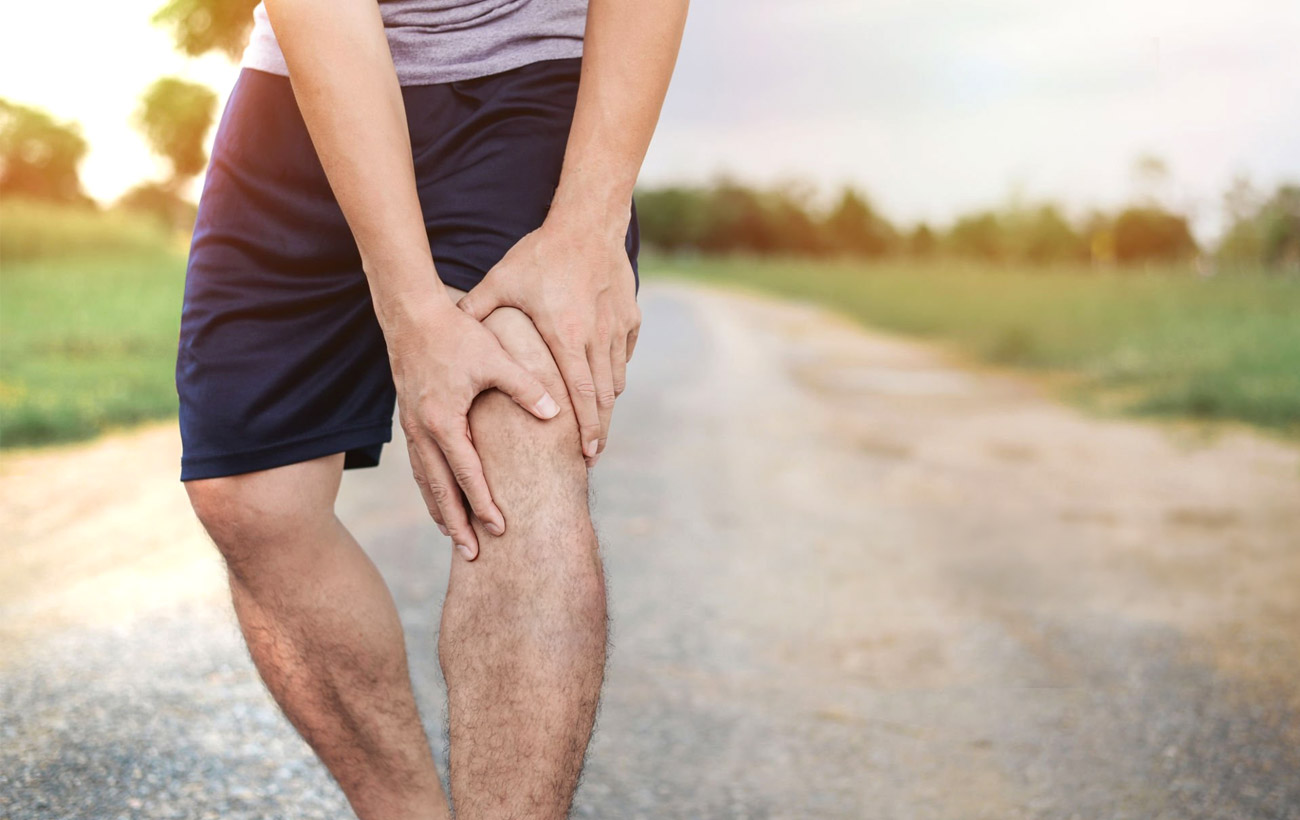
How to immediately reduce your knee pain when running
Patello-femoral pain (PFP), commonly known as runner’s knee, is extremely prevalent among runners and is characterized by discomfort around or behind the kneecap. This pain can hinder running performance and enjoyment. However, specific running modifications can provide immediate relief and help prevent future occurrences. Here’s an overview of evidence-based strategies to reduce PFP effectively.
Understanding Patello-Femoral Pain
PFP is often the result of the joint and soft tissue not being able to cope with the load going through it or improper movement of the patella (kneecap) within the femoral groove during running. Contributing factors include muscle imbalances, running mechanics and unsuitable footwear. Addressing these issues through targeted modifications can reduce pain and load through the knee.
Evidence-Based Running Modifications to Reduce PFP
- Cadence Adjustment
- What it is: Increasing your step rate or cadence, which is the number of steps you take per minute.
- Why it works: A higher cadence reduces the load on the knee joint by decreasing the impact force with each step. This change can significantly lessen PFP symptoms as well as risk of bone stress injuries
- Optimal Cadence: Many experts suggest an optimal running cadence of around 180 steps per minute. This cadence helps in reducing the force exerted on the knees by promoting a lighter, quicker foot strike.
- Evidence: Increasing preferred step rate by 10% can reduce peak PFJ force by up to 14% (Esculier et al 2023)
- Stride Length Reduction
- What it is: Decreasing the distance covered with each stride.
- Why it works: Shorter strides reduce the force exerted on the knee with each step, easing the load on the patello-femoral joint.
- Mid-Foot or Forefoot Strike
- What it is: Altering your foot strike from a heel strike to a mid-foot or forefoot strike.
- Why it works: Heel striking increases the impact forces that travel up the leg, exacerbating knee pain. Transitioning to a mid-foot or forefoot strike pattern helps distribute these forces more evenly across the foot and lower leg.
- Strengthening Hip and Core Muscles
- What it is: Engaging in exercises to strengthen the hip abductors, external rotators, and core muscles.
- Why it works: Weak hip and core muscles can lead to poor thigh and knee movement control, contributing to PFP. Strengthening these areas improves alignment and reduces stress on the knee.
- Adjusting Running Surfaces
- What it is: Opting for softer, flat surfaces over hard or uneven terrain.
- Why it works: Softer surfaces like grass or dirt trails provide better shock absorption, reducing the impact on the knees.
- Evidence: Running on softer surfaces can decrease the loading rate and peak forces on the knees, potentially easing PFP symptoms .
Practical Tips for Implementing Changes
- Gradual Implementation: Introduce these modifications slowly to allow your body to adapt and prevent new injuries.
- Seek Professional Guidance: Consult with a physical therapist or running coach to tailor these adjustments to your specific needs and ensure correct form.
- Monitor Pain Levels: Keep track of your pain levels and adjust your running routine accordingly. If pain persists, seek professional medical advice.
Conclusion
Modifying your running technique can provide immediate relief from patello-femoral pain. By increasing cadence, shortening stride length, transitioning to a mid-foot or forefoot strike, strengthening supporting muscles, and choosing appropriate running surfaces, you can reduce the strain on your knees and enjoy a more comfortable running experience. Incorporate these evidence-based strategies to keep runner’s knee at bay and maintain your passion for running.
References
- Heiderscheit, B. C., Chumanov, E. S., Michalski, M. P., Wille, C. M., & Ryan, M. B. (2011). Effects of Step Rate Manipulation on Joint Mechanics during Running. Medicine & Science in Sports & Exercise, 43(2), 296-302.
- Crowell, H. P., & Davis, I. S. (2011). Gait retraining to reduce lower extremity loading in runners. Clinical Biomechanics, 26(1), 78-83.
- Kulmala, J. P., Avela, J., Pasanen, K., & Parkkari, J. (2013). Forefoot strikers exhibit lower running-induced knee loading than rearfoot strikers. Medicine & Science in Sports & Exercise, 45(12), 2306-2313.
- Lack, S., Barton, C., Sohan, O., Crossley, K., & Morrissey, D. (2015). Proximal muscle rehabilitation is effective for patellofemoral pain: a systematic review with meta-analysis. British Journal of Sports Medicine, 49(21), 1365-1376.
- Tyler, T. F., Nicholas, S. J., Campbell, R. J., Donellan, S., & McHugh, M. P. (2006). The effectiveness of a preseason exercise program to prevent adductor muscle strains in professional ice hockey players. The American Journal of Sports Medicine, 30(5), 680-683.
- Esculier, J.-F., Bouyer, L. J., & Roy, J.-S. (2023). Customizing Running Modifications to Reduce Patellofemoral Joint Stress. Journal of Orthopaedic & Sports Physical Therapy. Published January 16, 2023.
For those seeking further reading or assistance, consider consulting a healthcare provider or a running specialist to address your unique needs.
